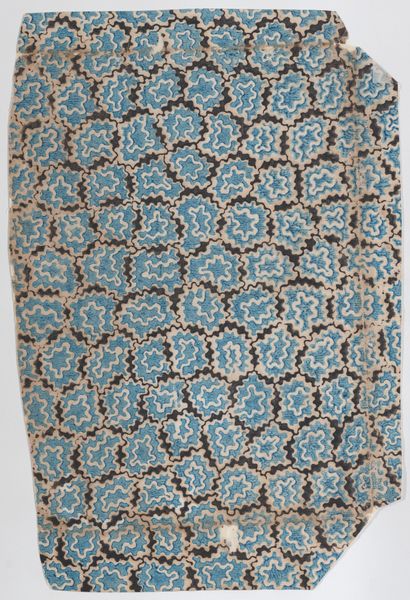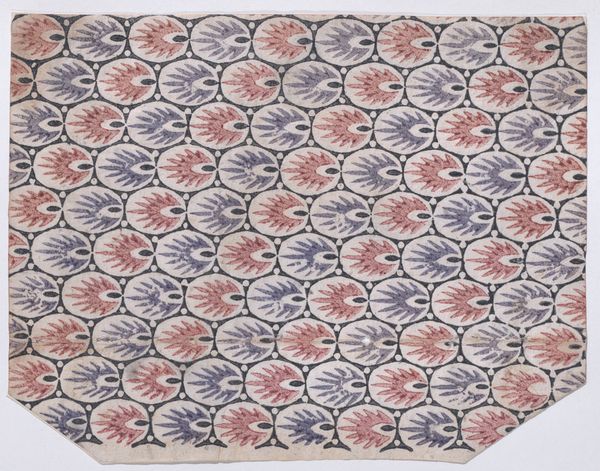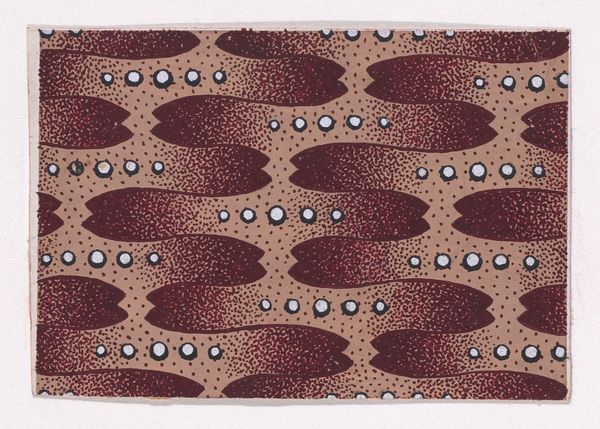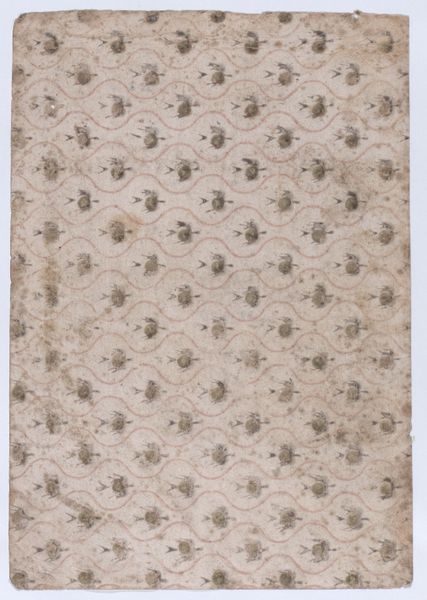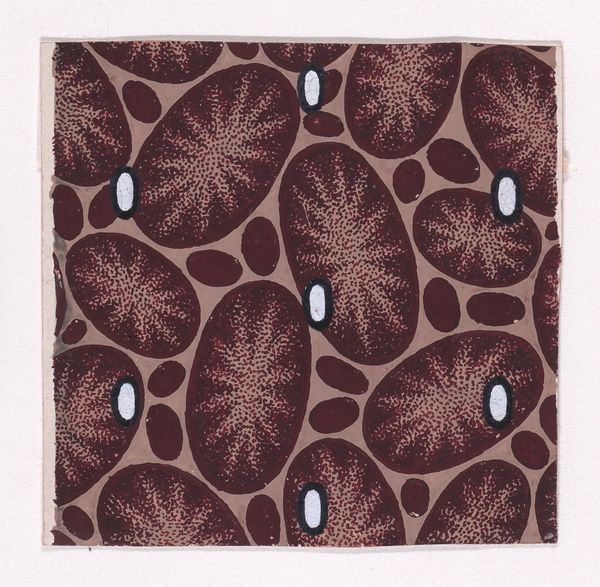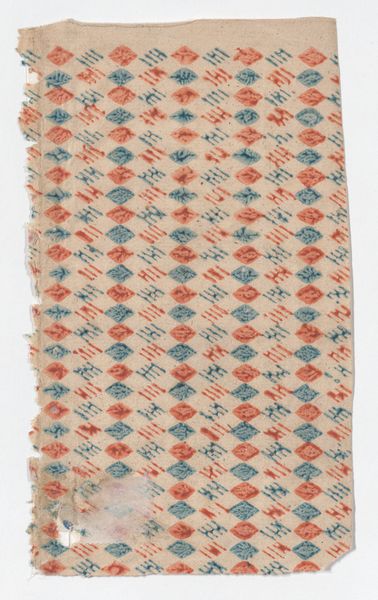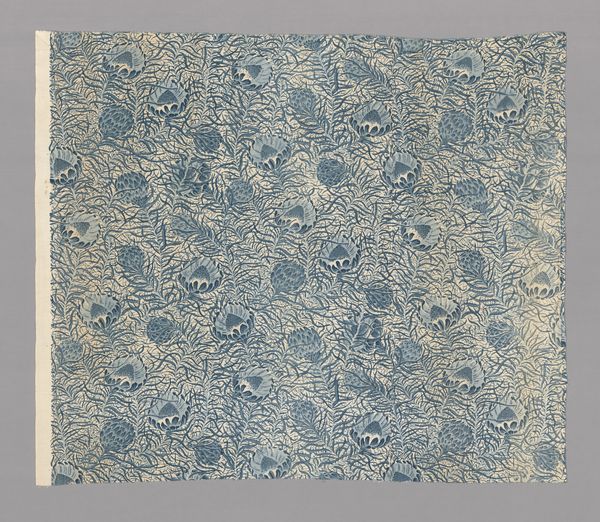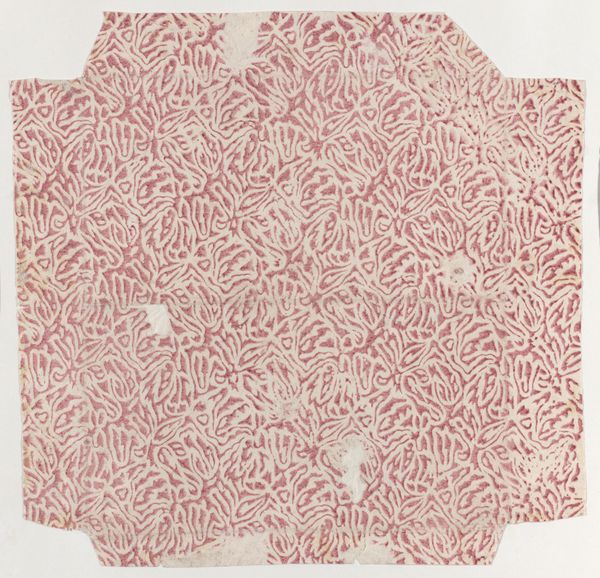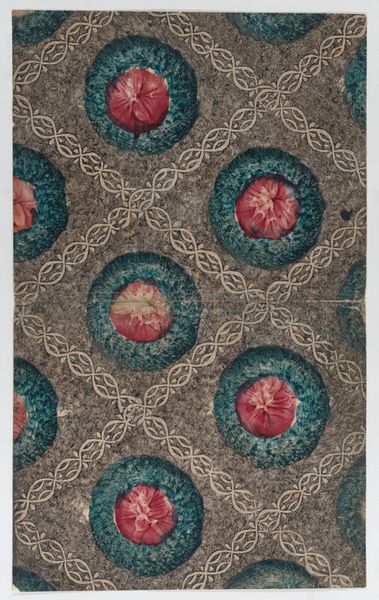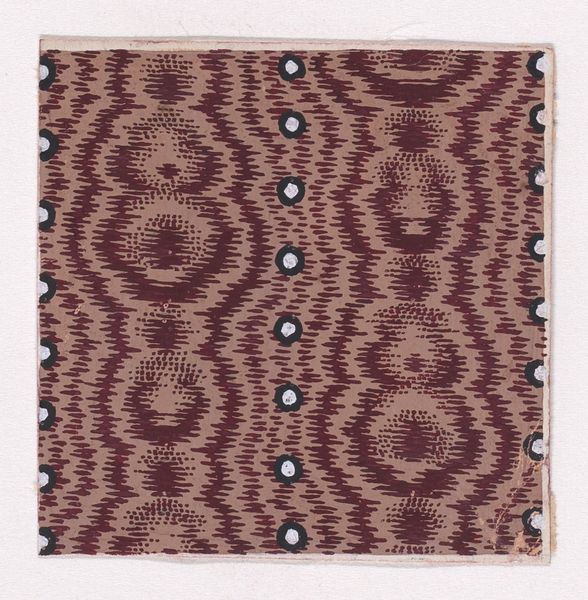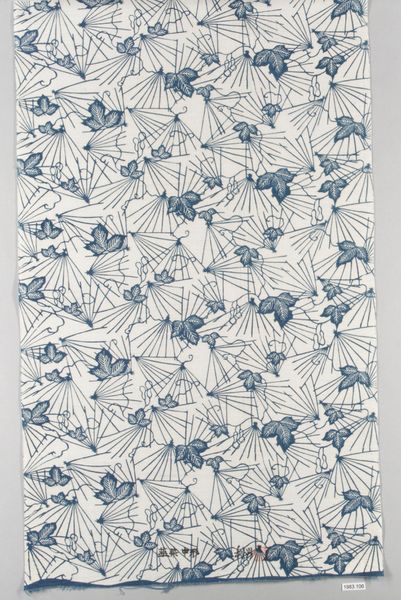
glass, sculpture
#
glass
#
sculpture
#
decorative-art
Dimensions: 2 x 3 1/4 x 3 1/4 in. (5.08 x 8.26 x 8.26 cm)
Copyright: Public Domain
Editor: Here we have an anonymous glass sculpture from the 19th century called "Paperweight." It's beautiful, like a miniature, self-contained world of flowers. What can you tell me about it? Curator: It's more than just a pretty object. Consider the context of its creation in the 19th century. The rise of industrialization led to anxieties about nature and a yearning for control over it. Objects like these paperweights, which encase and preserve stylized natural forms, represent a human desire to dominate nature. Editor: That's interesting, I never thought about it that way. Is there a specific class angle, though? This piece is in the decorative arts category. Curator: Exactly. Who had the leisure to collect decorative objects, to possess these little captured worlds? Think about the burgeoning middle class and their aspirations. This paperweight, with its controlled and stylized floral arrangement, becomes a symbol of status and control, both of nature and of one's own domestic sphere. Who gets to define 'beauty' and for whom? Editor: So the seemingly innocent object is actually loaded with socio-economic meaning? Curator: Precisely. And consider the anonymity of the maker. Were they part of the dominant power structure, or crafting beautiful items within it? Editor: This really gives me a new way of seeing decorative art. I assumed it was mostly pretty or kitsch. Curator: The beauty is definitely there, but engaging with art means going beyond face value. What questions does a piece ask? Whose values does it embody? Editor: Thank you. I am going to look into that when I look at the sculpture now. Curator: And in turn, this artwork reminded me of my roots in thinking of class as one of the major determinators for who creates what.
Comments
No comments
Be the first to comment and join the conversation on the ultimate creative platform.
